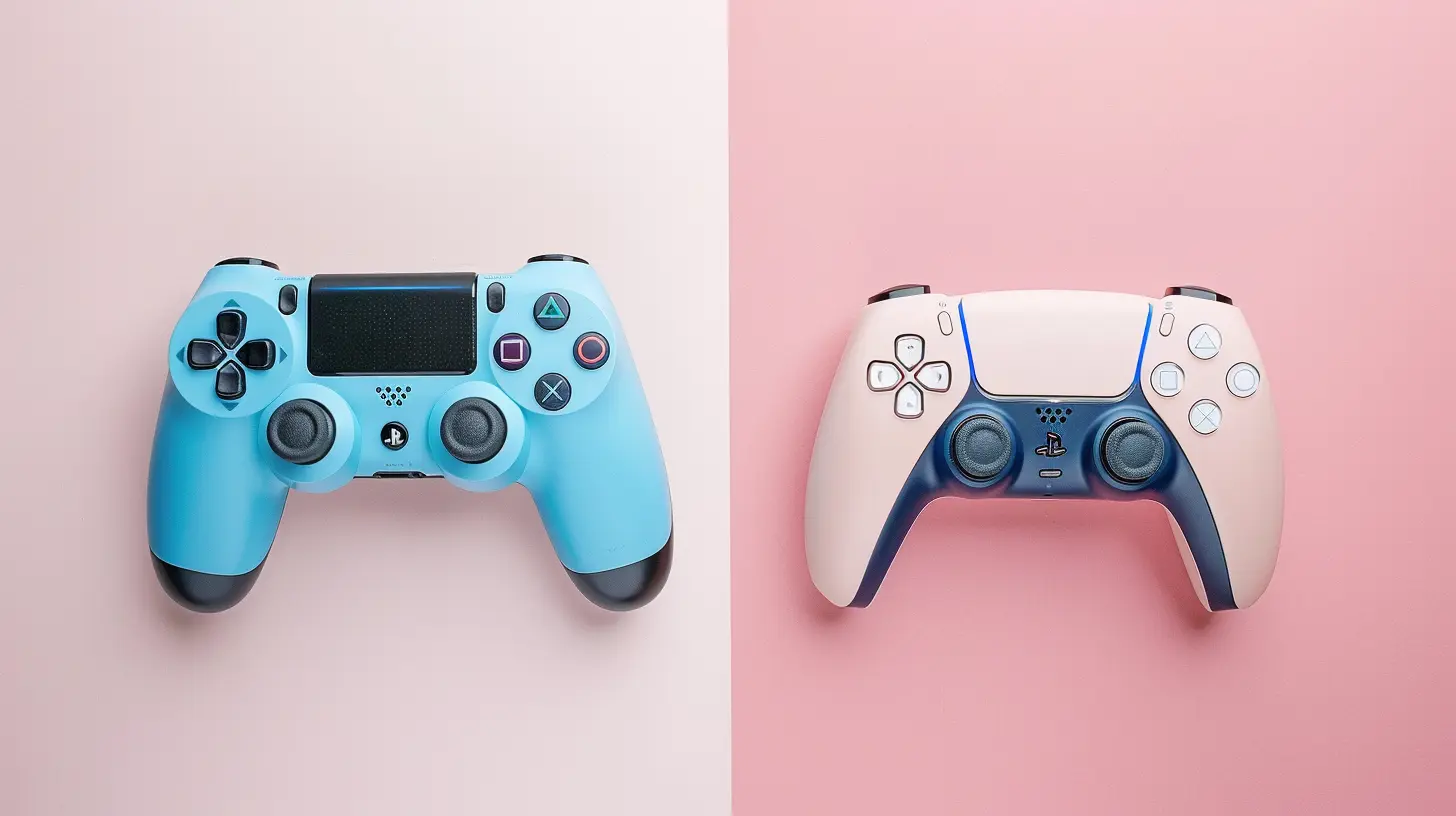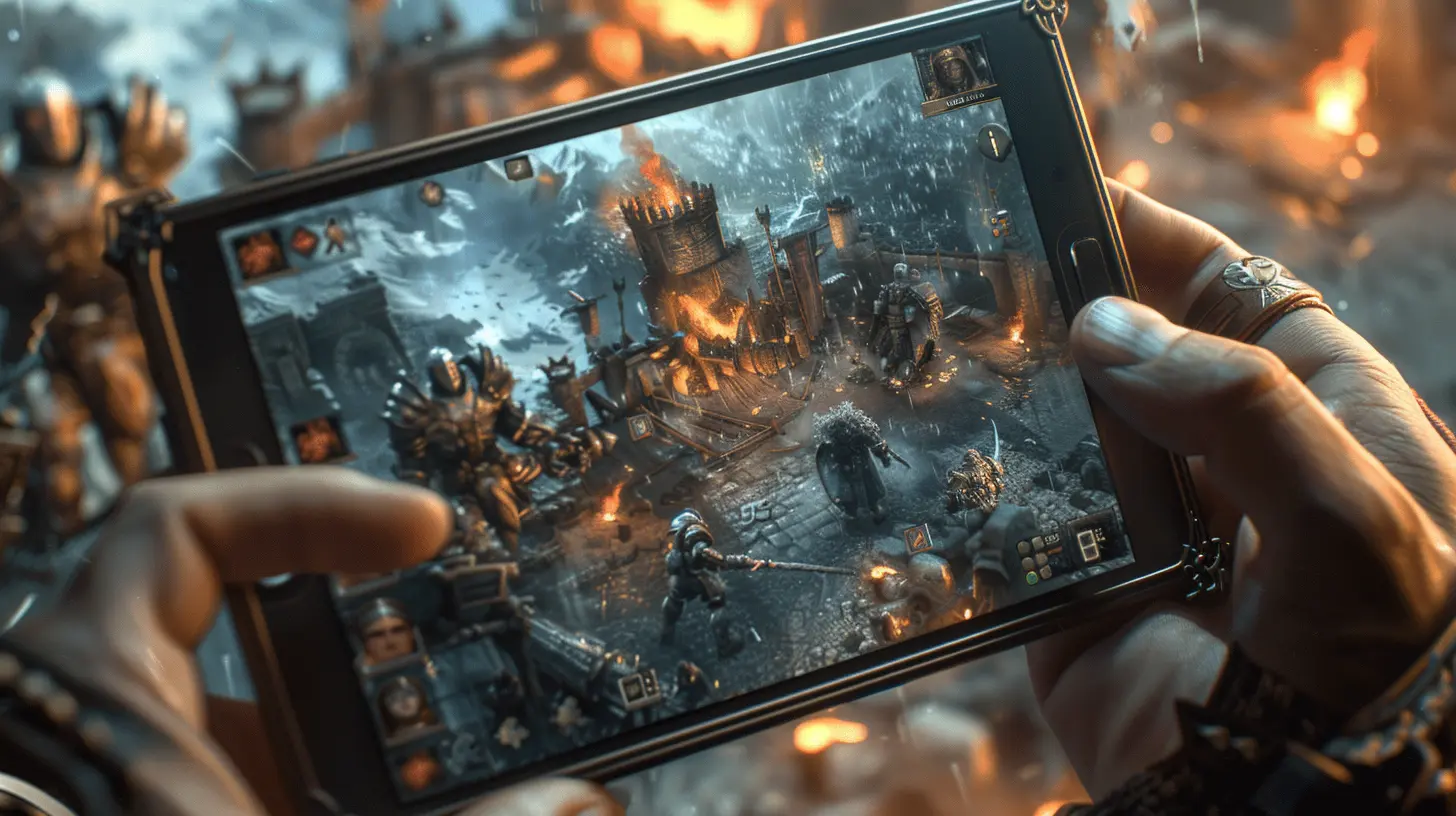Designing for Mobile vs. Console: Key Differences
4 April 2025
Video game development is an art and science blend, but when it comes to designing for mobile devices versus consoles, things get... let's just say, a little tricky. Whether you're crafting a fast-paced action game or a laid-back puzzle adventure, the platform you're designing for can shape everything from gameplay mechanics to visual fidelity. Both mobile and console gaming audiences have unique expectations, and let's face it, you can’t just copy-paste designs from one to the other and call it a day. Let’s break it all down.
Hardware Capabilities: A Game Changer
Let’s start with the most obvious difference—the hardware. Think of hardware like the size of a car engine. You wouldn’t expect a scooter to perform like a race car, right? Well, the same goes for mobile devices and gaming consoles.Processing Power: David vs. Goliath
Console hardware is, frankly, a beast. Whether it’s the latest PlayStation, Xbox, or even a Nintendo Switch, these systems are built specifically for high-performance gaming. We're talking about CPUs and GPUs that can handle jaw-dropping graphics, complex physics, and massive open worlds without breaking a sweat.On the other hand, mobile devices are like little engines that could. They’re versatile, sure—they can run photo editing apps, stream videos, and yes, even run games. But they’re not engineered solely for gaming. Developers have to optimize mobile games with limited processing power and battery life in mind. Say goodbye to highly detailed textures and hello to sleek, minimal designs.
Controls: The Clash of Thumb and Thumbstick
Consoles have a wide range of input options: controllers with tactile buttons, joysticks, and even motion-sensing capabilities. This allows for more complex gameplay mechanics and precision controls.Mobile, however? It’s all about the touchscreen. Swiping, tapping, and tilting form the core of mobile controls. Sure, some mobile games support Bluetooth controllers, but most designers assume players will have only their fingers. This creates a need for simplicity, as cramming too many on-screen controls risks turning a game into a finger-twister disaster.
Audience Expectations: Know Your Players
The people who game on mobile aren’t necessarily the same people who game on consoles. And if you don’t understand your audience, your game could flop harder than a fish out of water.Mobile Players: Quick, Casual Fun
For mobile players, gaming is often about killing time while waiting in line or relaxing on the couch. Sessions are short, usually 5-10 minutes long. They want games that are easy to pick up and put down—think Candy Crush or Among Us.This means mobile developers often focus on casual, bite-sized experiences. Straightforward gameplay, quick tutorials, and fast rewards are the name of the game here. Plus, let’s not forget the freemium model; many mobile games need to be monetized through ads or in-app purchases, which adds another layer of consideration.
Console Players: Dive Deep
Console gamers are typically looking for immersive experiences. They’ll spend hours diving into rich storylines, mastering complex gameplay mechanics, or exploring meticulously designed worlds. These players expect high-quality graphics, polished audio, and, most importantly, depth.If a mobile game is like a quick snack, a console game is more like a three-course meal. So, while mobile developers might aim for accessibility, console developers are free to cater to hardcore audiences who value intricate design over simplicity.
Graphics and Visual Fidelity: Beauty in the Details
If we’re talking graphics, consoles win hands down. The massive hardware gap between consoles and mobile devices is reflected in graphical fidelity.Console: The High-Definition Experience
Console games can afford to be visually stunning. High-resolution textures, dynamic lighting, realistic animations—you name it. Developers don’t have to cut corners, and the results are often cinematic, making players go “Wow.”Mobile: Efficiency Over Excess
Mobile games, however, require a little creativity. Sure, some high-end devices can handle impressive visuals, but designers usually opt for a more stylized approach. Bright colors, simple textures, and clever use of art direction can make games pop without melting a phone’s processor.Want an example? Think about The Legend of Zelda: Breath of the Wild versus Monument Valley. One focuses on realism, while the other charms with its minimalist design. Both are visually stunning, but their designs cater to the strengths and limitations of their respective platforms.
Performance Optimization: Keeping It Smooth
No one likes a laggy game, no matter the platform. But keeping things running smoothly takes a different approach depending on whether you’re developing for mobile or console.Consoles: Steady as She Goes
Since console hardware is standardized (not counting generational differences), developers have a much easier time fine-tuning performance. They don’t have to deal with wildly varying hardware specs like they do on mobile. This means games can be pushed to their limits while still maintaining stable frame rates and high resolutions.Mobile: The Wild West
Mobile devices are a whole other story. Different manufacturers, screen sizes, resolutions, and performance capabilities mean developers have to design for the “lowest common denominator.” This often involves scaling down graphics, reducing load times, and making sure the game runs well on both budget and premium phones.Monetization Strategies: The Dollars and Cents
Let’s talk money because, at the end of the day, game development isn’t just an art form—it’s a business.Mobile: Free-to-Play Frenzy
On mobile, most games are free-to-play, relying on ad revenue and microtransactions for income. Think skins, power-ups, or in-game currency. Because the barrier to entry is so low, developers have to ensure that their monetization system doesn’t disrupt the fun.Console: Pay, Then Play
For consoles, the traditional “pay upfront” model still reigns. Sure, there are exceptions—like Fortnite—but most console gamers are willing to fork out $60+ for a game they know will deliver a premium experience. And while DLCs and season passes exist, they often feel like bonuses rather than necessities.Game Design Philosophy: Tailoring the Experience
Ultimately, designing for mobile versus console boils down to philosophy. What kind of experience are you trying to create?Mobile Games: Accessibility is King
On mobile, simplicity rules. Tutorials need to be quick and painless, gameplay has to be intuitive, and content should be engaging right out of the gate. Many developers include social and multiplayer features too—after all, it’s fun to beat your friends at a quick game of pool while waiting for your coffee.Console Games: Crafting Depth
Console games, by contrast, are often about creating a sense of journey or progression. Players expect to sink hours into leveling up their characters, solving intricate puzzles, or battling epic bosses. The pacing can be slower because the audience is more patient.Cross-Platform Design: Bridging the Gap
What happens when a game is released on both mobile and console? Enter the world of cross-platform design. This involves adapting gameplay mechanics, visuals, and UI for both platforms, often requiring a complete overhaul.A great example is Genshin Impact, which runs on mobile, PC, and console. While the mobile version is impressive, it limits high-end graphics and offers customizable controls to suit touchscreen play. Meanwhile, the console version ups the visual ante and relies on traditional controllers for a more immersive experience.
Conclusion
Designing for mobile and console platforms is like preparing two entirely different dishes. One’s a quick and easy snack, and the other’s a gourmet meal. Both require careful planning, but the ingredients and methods you use will differ significantly. Whether you're designing for the casual swipe-and-tap crowd or the hardcore controller-wielding gamers, understanding the key differences is the first step in delivering a gaming experience they’ll love.all images in this post were generated using AI tools
Category:
Video Game DesignAuthor:

Avril McDowney
Discussion
rate this article
5 comments
Adria Benson
Great read! It's fascinating to see how mobile and console gaming have their unique challenges and opportunities. Embracing these differences can lead to innovative designs that excite players on both platforms. Keep up the fantastic work, and let’s keep pushing those creative boundaries! 🎮📱
May 4, 2025 at 3:15 PM

Avril McDowney
Thank you! I’m glad you enjoyed the read. Embracing those unique challenges definitely sparks innovation! Let's keep pushing the boundaries together! 🎮✨
Karen McNeely
Mobile’s bite-sized; consoles bring the feast!
April 15, 2025 at 3:40 AM

Avril McDowney
Absolutely! Mobile offers quick, accessible experiences, while consoles provide immersive, expansive gameplay. Each has its unique strengths!
Alana Middleton
Great insights on the mobile vs. console debate! It's fascinating how each platform shapes player experiences. Keep up the fantastic work—excited to see what innovative designs come next! 🎮📱
April 13, 2025 at 3:05 PM

Avril McDowney
Thank you! I'm glad you enjoyed the insights. Excited to explore more innovations in the future! 🎮📱
Melina Barrett
Mobile: tap, swipe, console: couch potato!
April 11, 2025 at 2:33 PM

Avril McDowney
Thanks for your comment! You're right—designing for mobile emphasizes touch interaction, while consoles focus on more relaxed, immersive experiences. Each platform has its unique audience and user behavior!
Mandy McClary
Great insights! It's fascinating to see how mobile and console gaming each come with unique design challenges. Balancing user experience and gameplay mechanics for different platforms is essential. Excited to see how these differences continue to shape the future of gaming. Thanks for shedding light on this topic!
April 6, 2025 at 3:01 PM

Avril McDowney
Thank you for your thoughtful comment! I'm glad you found the insights valuable. The evolving landscape of gaming truly presents exciting challenges and opportunities.




